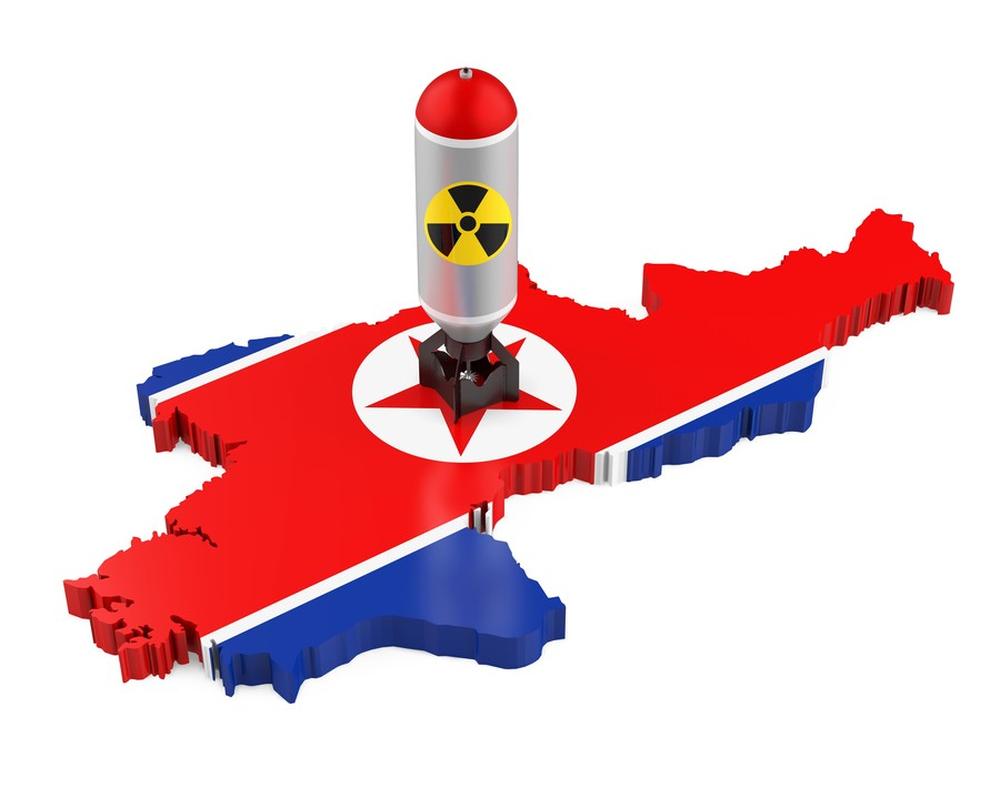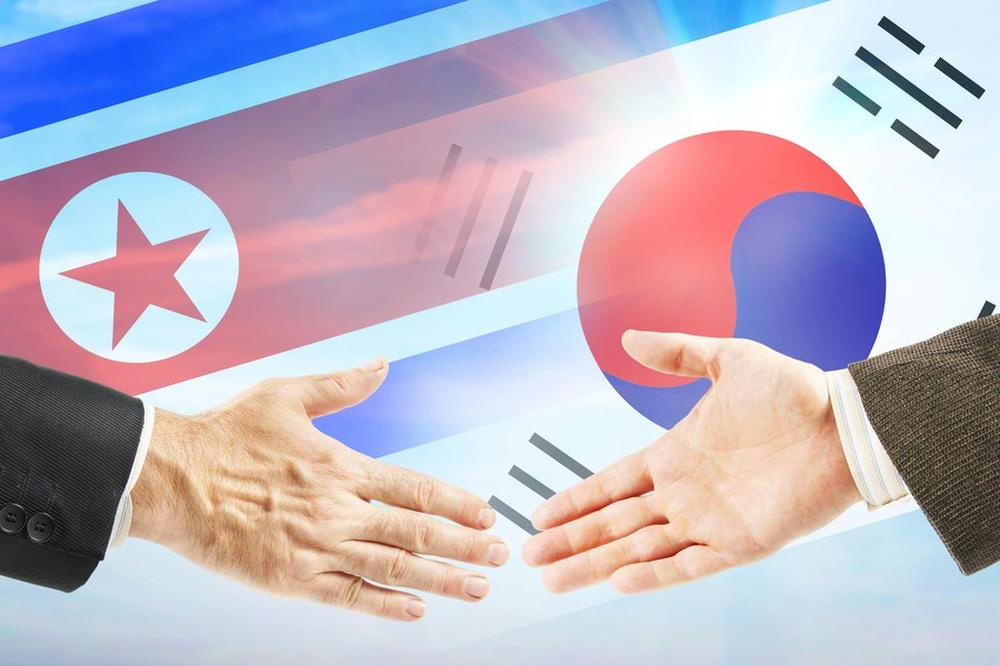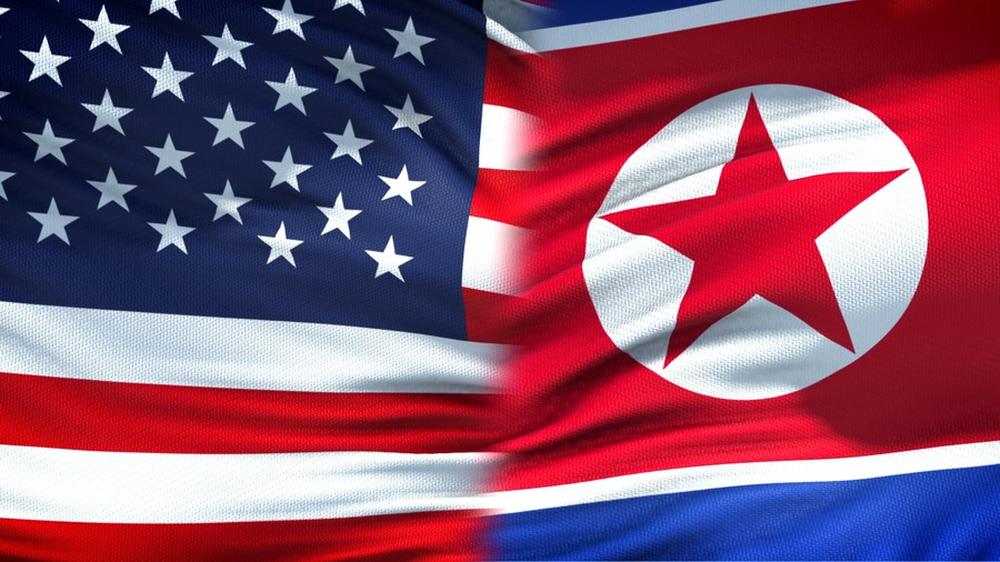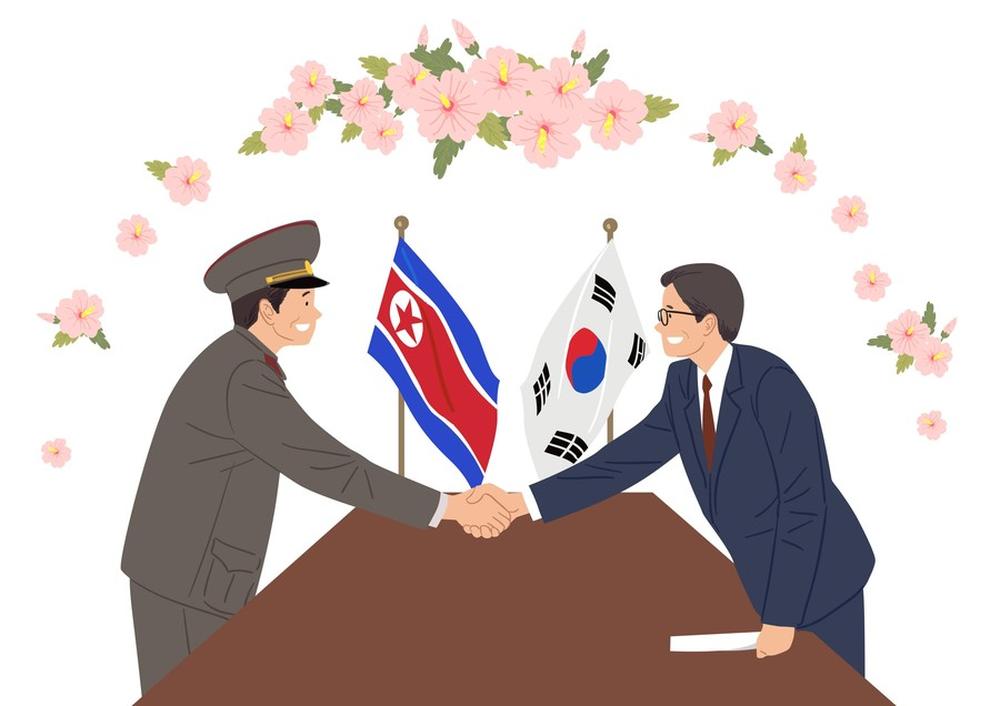- #Global Issues
- #Inter-Korean Relations
- #North Korea
- #US-ROK Alliance

► America's policy towards North Korea has been detterence, which has failed to account for the North Korean capacity to absorb punishing external pressure.
► An end-of-war declaration is important, but only a single piece in the giant jigsaw puzzle that is North Korea.
► The following measures may prove more effective: prioritizing peace in parallel with denuclearization, ensuring reciprocity and proportionality, emphasizing short-term security payoffs while playing the long game on denuclearization, and enhancing buy-in from regional partners.
Speaking to the UN General Assembly a month ago, South Korean President Moon Jae In proposed a declaration to formally end the war between the two Koreas, which, he believed, could kick-start a new round of engagement, leading to improvements in North-South relations and start again the denuclearization negotiations. So far, the United States has not embraced the proposal, although the idea of enlisting peace regime issues in engagements with North Korea has been receiving more attention among Washington experts recently, because the circumstances of today—the complete failure to achieve denuclearization—forces all of us to rethink North Korea policy.
To be sure, an end-of-war declaration is important, but only a single piece in the giant jigsaw puzzle that is North Korea. Certainly, Washington policymakers should consider new and more imaginative approaches to engaging Pyongyang, beyond the tired talking points of giving the regime a choice between nuclear weapons and survival. One idea is to fundamentally change the negotiating framework with North Korea by placing peace along with denuclearization as two goals of equal status. Such a framework will require a comprehensive set of agreements, declarations, rules, and institutions—including one to mark end of the Korean War. They will have to span political, economic, and social spheres, dealing with questions ranging from the future of US-North Korea relations to North-South relations to the shape of the US-ROK alliance, to mention just a few strategic considerations at stake. Undoubtedly this is a long and arduous process, requiring consistency, discipline and clarity of goals among all parties, across changes in governments and administrations in Washington and Seoul.
We Need More Than Deterrence
Since the beginning of the North Korean nuclear program, the basic American policy for dealing with North Korea has been deterrence. According to this policy, North Korea must denuclearize—or at least take substantial steps to do so—before the US removes what North Korea calls “hostile policies,” such as trade and financial sanctions, political pressure through human rights and media campaign, and the US military force posture on the Peninsula. In explaining Washington’s North Korea policy, the often used talking point for American officials is that the US is offering a choice to North Korean leaders: choose between nuclear weapons and survival. This turned out to be a false choice, because it failed to account for the North Korean capacity to absorb punishing external pressure. The United States has certainly underestimated North Korean resistance to change and resilience to withstand pressure.
Far from persuading North Korea to denuclearize, the pressure approach only intensified its pursuit of a credible nuclear deterrent, and this trend continues. In September alone, North Korea tested four different missiles, including Hwasong-8, which Pyongyang said was a “hypersonic missile,” with “glide” and “ampoule” capabilities. That is, if verified, Hwasong-8 is much faster—more than five times the speed of sound—easier to camouflage before launch, with greater in-air maneuverability. This latest round of missile developments will pose serious challenges to the existing missile defense systems of the United States and South Korea.
End-of-War Declaration?
Frustrated that the summit diplomacy he orchestrated three years ago is running out of steam, President Moon has stepped in with a proposal for a declaration to formally end the 1950-53 Korean War. The North responded lukewarmly, with Kim Yo Jong, the First Sister, characterizing the offer as an “admirable idea,” but that it should be be discussed when Seoul and Washington did away their “double standards” and “hostile policy” toward Pyongyang. Washington’s response was to stress that Seoul and Washington should be sending “unified” message to Pyongyang, diplo-speak for we-don’t-agree-with-you.
Is it such a bad idea? Perhaps lacking in details and premature.
An end-of-war declaration is generally thought of as the initial step in peace regime negotiations between North Korea and “interested parties.” The latter is usually assumed to be the two Koreas, China and the United States, the leading four combatants in the 1950-53 Korean War. As the strategic map of the Korean Peninsula has evolved since the war, peace regime negotiations also must change, from simply declaring peace between the two Koreas to dealing with fundamental political, economic, security and social issues.
To be sure, the US views on a Korean Peninsula peace regime is primarily driven by its broad national security interests, especially the elimination of North Korean nuclear weapons. Indeed, for many US analysts, a peace regime would flow naturally from ending the North Korean nuclear program—and remain out of reach without it.
Among those in Washington more technically minded, an end-of-war declaration raises two immediate problems, both central pillars of containing and deterring North Korea. The first is the UNC (United Nations Command), which was created through several UN Security Council resolutions immediately after the outbreak of hostilities, and for 70 years responsible for maintaining the Armistice Agreement. An end-of-war declaration would supersede the Armistice; what then is the role of the UNC? Similarly, such a declaration would also trigger difficult security questions in Washington regarding the role of the US-ROK alliance, American military presence in South Korea, and a key component of US strategic posture in Northeast Asia. Currently, the US stations 28,500 troops in South Korea, who serve as the visible symbol of US treaty commitment to defend South Korea, but also the broader US power projection in the region. All recent surveys show broad Korean and American public support for the presence of US troops in South Korea. Given these considerations, Washington continues to favor incremental rather than sweeping changes on the Korean Peninsula, strongly preferring to move slowly and methodically on components of a peace regime, such as an end of war declaration.
What might work?
There is no simple recipe for bringing peace and denuclearizing to the Korean Peninsula. An end-of-war declaration is certainly a piece in the giant jigsaw puzzle, but just a piece. To achieve sustained results, policymakers must see the big picture and be prepared to substantially widen their policy boundaries to include more realistic and practical measures. I, along with my colleagues at the United States Institute of Peace, explored many of these issues in a report, “A Peace Regime for the Korean Peninsula.” Among the measures we recommended:
Prioritize peace in parallel with denuclearization. The Biden Administration took a major step in acknowledging the June 2018 Singapore Statement, in which Kim Jong Un committed to “work toward complete denuclearization.” That was matched by a US commitment to establish “new US–DPRK relations” and build “a lasting and stable peace regime on the Korean Peninsula.” Despite the current stalemate in negotiations, Pyongyang tellingly has not renounced the Singapore Statement, which it has done with other previous agreements. The realistic and logical approach is to pursue both peace and denuclearization in parallel. Most of the Six Party partners—South Korea, North Korea, China, and Russia—would endorse this framework quickly.
Ensure reciprocity and proportionality. Negotiating peace and denuclearization in tandem requires proportional and reciprocal exchange of concessions that addresses both sides’ interests. A balanced approach means tackling denuclearization measures and things that Pyongyang wants, such as sanctions relief, diplomatic normalization, and reduced US military activities on the Korean Peninsula.
Emphasize realistic, short-term security payoffs while playing the long game on denuclearization. North Korea will not easily give up its “treasured sword,” which represents the only noteworthy success in its history. Many experts recognize that complete denuclearization in the foreseeable future is unlikely, but an interim deal that freezes North Korea’s nuclear and missile activities can largely be achieved and verified and would have an immediate security payoff. This means the US should pursue a step-by-step approach to denuclearizing North Korea, accepting the reality that it will entail years of negotiations, numerous setbacks, and sustained confidence-building measures.
Enhance buy-in from regional partners. A sincere effort at peace and denuclearization will require the participation of China and South Korea, the other main belligerents of the Korean War. Washington will not be able to create a sustainable framework for advancing peace and security on the Korean Peninsula without partnering with Beijing and Seoul.
Ambassador Joseph Yun is a senior advisor to the Asia program at the U.S. Institute of Peace. As former U.S. special representative for North Korea policy, he is recognized as one of the nation’s leading experts on relations with North Korea, as well as on broader U.S.-East Asian policy. His 33-year diplomatic career has been marked by his commitment to face-to-face engagement as the best avenue for resolving conflict and advancing cross-border cooperation. As special envoy for North Korea from 2016 to 2018, Ambassador Yun was instrumental in reopening the “New York channel,” a direct communication line with officials from Pyongyang, through which he was able to secure the release of the American student, Otto Warmbier, who had been held in captivity for 15 months. From 2013 to 2016, he served as U.S. ambassador to Malaysia. During his tenure, Ambassador Yun hosted two visits to Malaysia by President Obama—the first by any U.S. president since 1966—resulting in the signing of the U.S.-Malaysian Comprehensive Partnership Agreement, pledging closer cooperation on security, trade, education, technology, energy, the environment, and people-to-people ties. As principal deputy assistant secretary for East Asian and Pacific Affairs from 2011-2013, he led efforts to normalize diplomatic relations with Myanmar. He also worked to lay the foundation for official participation by the President of the United States in the annual East Asian Summit, starting from 2011. Previous assignments include stints as deputy assistant secretary for Southeast Asian policy, counselor for political affairs in the U.S. Embassy in Seoul, economic counselor at the U.S. Embassy in Bangkok, as well as positions in South Korea, Indonesia, Hong Kong, and France. He is the recipient of a Presidential Meritorious Service Award, four Superior Honors Awards, and nine Foreign Service Performance Awards from the U.S. State Department. Ambassador Yun joined the Foreign Service in 1985. Prior to that, he was a senior economist for Data Resources, Inc., in Lexington, Massachusetts. He holds a master’s degree from the London School of Economics and a bachelor’s from the University of Wales. He speaks Korean, English, Indonesian and French.


